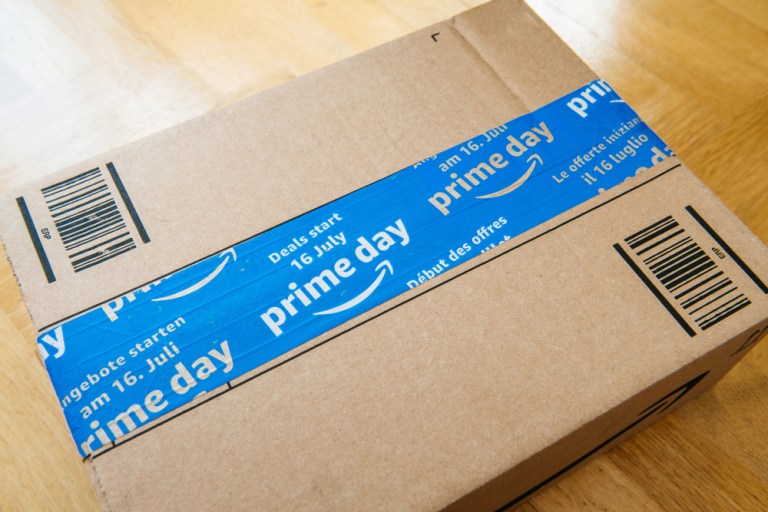Bargain Hunters Fuel Amazon’s Prime Day Participation

With years of financial challenges compounding shoppers’ deal-seeking behaviors, Amazon and its competitors are seeing spiking demand for their summer deals events.
Early reports suggest that Amazon Prime Day, the two-day event that began Tuesday (July 16), may already be outpacing last year’s performance by double-digit percentages. Adobe, for instance, predicts that the event will bring in $14 billion in sales.
The event comes weeks after Walmart’s members-only deals event Walmart+ Week, which PYMNTS Intelligence research finds had consumers stocking up on many lower-cost items. The report “Walmart+ Week 2024,” which drew from a survey of more than 7,700 United States consumers, found that 14% participated in the event, and shoppers bought roughly 20 items on average.
One key success of the event was in attracting high-income shoppers to buy big-ticket products. Consumers who make more than $100K annually were the most likely to purchase home furnishings and appliances and to shell out for expensive beauty products.
While PYMNTS Intelligence data would suggest that the share of consumers participating in the event actually declined somewhat this year relative to last, it seems that Walmart is seeing its savings events bets pay off, because it is doubling down. Earlier this month, the retailer ran a second savings event, “Walmart Deals,” which was open to everyone, not just members.
“Shoppers have been impacted by inflation for the past two years and they are now changing their journey — kicking off their shopping by exploring sales and discounts first,” Frank Minervini, the vice president and head of marketing at Ziff Davis Shopping, the parent company of RetailMeNot, told PYMNTS in an interview earlier this year.
Target, too, recently ran its own summer deals event, Target Circle Week, and many other merchants have joined the fray, from specialty retailers such as Best Buy to aggregators such as DoorDash to social media giant TikTok, which has been stepping up its retail presence.
These moves come as consumers increasingly wait until sales events to make major purchases.
“In the past year, we’ve seen engagement in our promotions with higher-than-expected volume around popular seasonal moments,” Katie Stratton, chief growth officer at Target-owned on-demand delivery aggregator Shipt, told PYMNTS, shortly before Best Buy CEO Corrie Barry echoed a similar sentiment.
The February/March edition of the PYMNTS Intelligence “New Reality Check: The Paycheck-to-Paycheck Report” revealed that half of consumers have switched to cheaper retail merchants in response to inflation. Plus, 45% of low-income consumers (earning under $50,000 per year), 41% of middle-income consumers (earning $50,000 to $100,000 a year), and 28% of high-income consumers (earning over $100,000 annually) reported that they had opted for lower-quality products to reduce expenses for the same reason.
“Customers are shopping circulars to find the best deals, and … we’ve seen an uptick in the use of coupons,” Katie Kobus, vice president of marketing at Save A Lot, told PYMNTS.
Additionally, further PYMNTS Intelligence research found that 46% of retail customers are deal chasers, willing to go wherever they will get the best price, and another 34% are persuadable customers, who want to be loyal but can be wooed away by competitors for the right price.